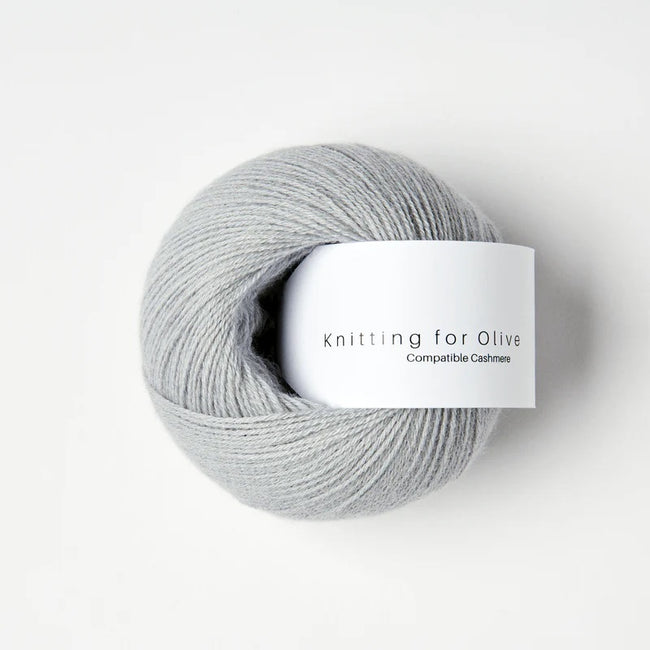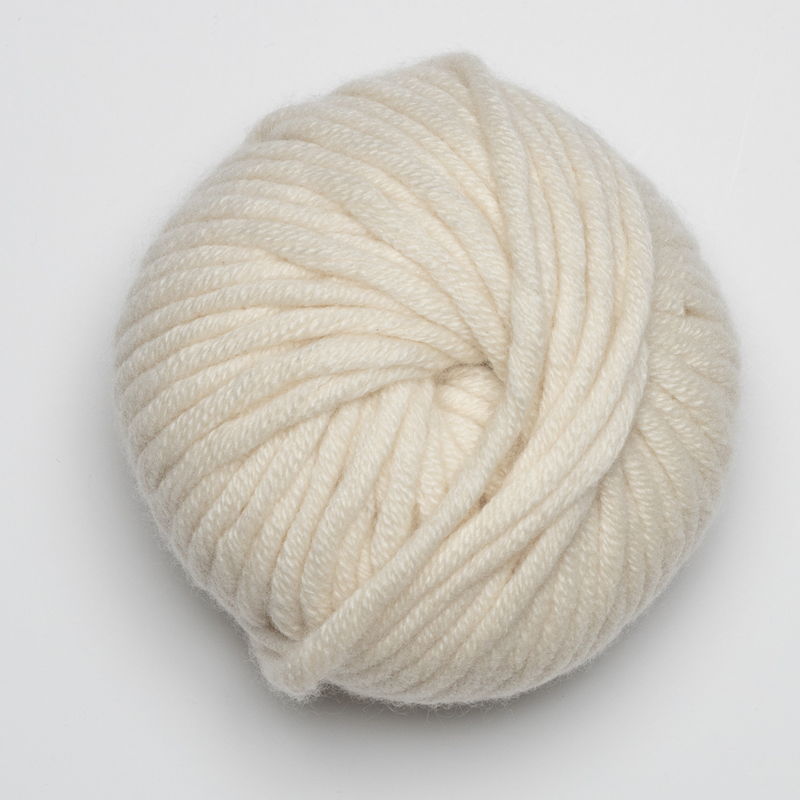The Fascinating Process Behind Producing cashmere Fibre and Its Uses
Wiki Article
Factors You Have To Require Cashmere a Natural Fiber for Comfort and Beauty in Everyday Use
In the realm of textiles, few fibers rival the luxury and comfort of cashmere. This special material, known for its remarkable soft qualities and insulation, offers unequaled convenience and style for everyday wear. But what establishes it apart from other fibers? Exactly how does it affect the setting and just how does it compare to artificial choices? In addition, how can one best make use of cashmere to elevate their style? These interesting concerns lay the structure for an enlightening exploration into the world of cashmere.Understanding the Lavish Nature of Cashmere

Examining the Comfort Aspect of Cashmere Wardrobe
Cashmere's one-of-a-kind fiber structure permits for breathability, managing temperature level and avoiding getting too hot. Cashmere's hypoallergenic properties likewise contribute to its convenience, making it an ideal choice for sensitive skin. In essence, the comfort of cashmere is derived from its softness, breathability, durability, hypoallergenic nature, and flexibility.
The Ecological Effect and Sustainability of Cashmere
While the convenience and beauty of cashmere are most certainly enticing, it's just as important to consider its relationship with the atmosphere. Cashmere manufacturing, primarily in Mongolia and China, involves increasing cashmere goats, which can significantly stress fragile meadow communities due to overgrazing. This can lead to desertification, a pressing environmental issue. Moreover, the handling of cashmere, including washing and dyeing, can additionally add to water contamination otherwise correctly managed. Nonetheless, initiatives are being made to develop lasting cashmere manufacturing methods, such as rotational grazing and cleaner handling strategies. While cashmere has environmental influences, its sustainability greatly depends on production methods.Contrasting Cashmere to Artificial Fibers: A Cost-Benefit Evaluation
Despite its ecological obstacles, cashmere offers an one-of-a-kind collection of advantages over synthetic cashmere fibre fibers. On the cost side, cashmere is undoubtedly a lot more pricey as a result of its labor-intensive production process. The advantages make it worth the investment. Cashmere's natural fibers offer unequaled soft qualities and warmth, translating into convenience that synthetic fibers struggle to match. Cashmere items are extremely resilient, encouraging durability that offsets initial costs over time. Unlike synthetic fibers, cashmere doesn't contribute to microplastic contamination, making it an extra lasting option. On the other hand, synthetic fibers, while less expensive upfront, offer less convenience, have shorter lifespans and present environmental issues. Thus, when examining cost-benefit, cashmere's superior qualities make it a rewarding financial investment for daily wear.Styling Tips With Cashmere for Everyday Sophistication
Having actually taken into consideration the cost-benefit evaluation of cashmere compared to artificial fibers, it ends up being clear why this elegant product is a favored choice for numerous. When styling cashmere for everyday elegance, simpleness is essential. A cashmere sweatshirt, as an example, can be combined with customized pants or a streamlined skirt for a chic, put-together look - cashmere fibre. For a much more casual ensemble, a cashmere cardigan used over an easy t-shirt and denims emanates uncomplicated style. Devices can further boost the appearance: a statement pendant or headscarf can include a pop of shade to a neutral cashmere piece. Inevitably, the fundamental sophistication of cashmere makes it a flexible addition to any kind of closet, effortlessly improving daily clothing with a touch of luxury.

Conclusion
In addition, cashmere's sustainability and reduced environmental impact contrasted to synthetic fibers better boost its charm. Investing in cashmere garments is a worthwhile choice for design, sustainability, and convenience.
Report this wiki page